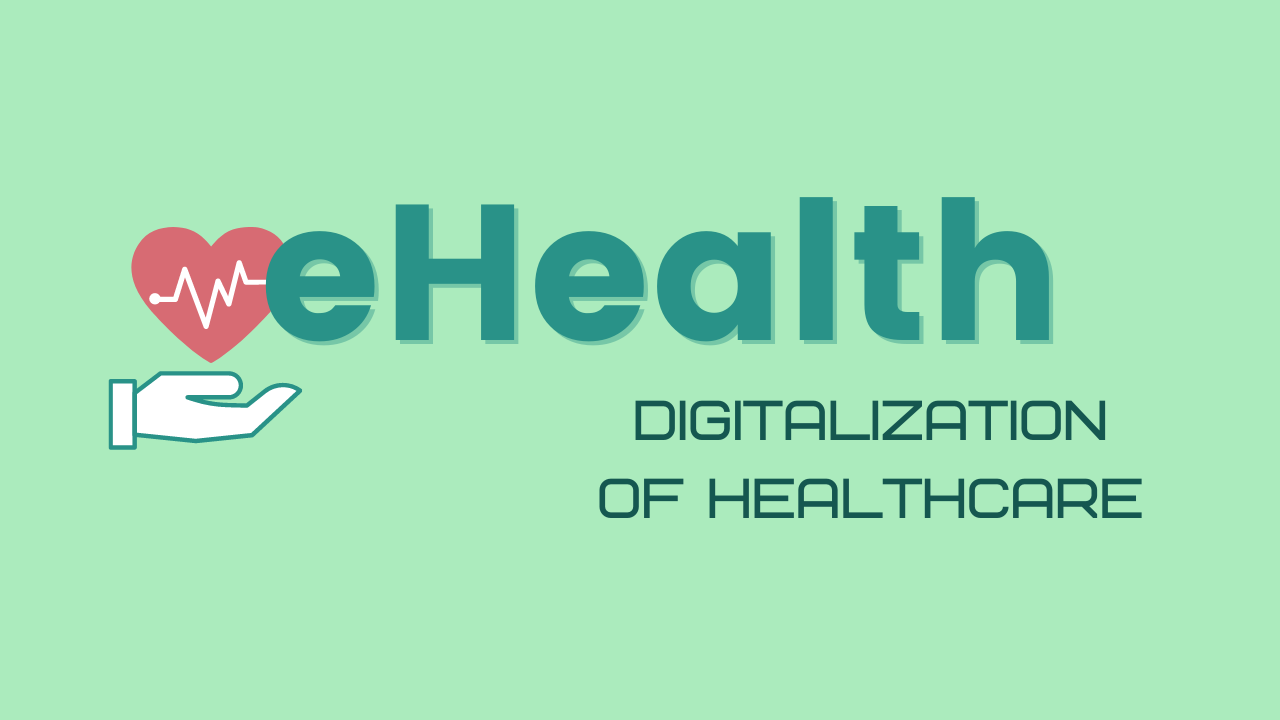eHealth
eHealth
Blog Article
eHealth
Overview
eHealth, generally known as digital wellbeing or Health care technology, refers to the usage of Digital interaction and data know-how from the Health care marketplace. It encompasses a wide array of technologies and apps targeted at strengthening the effectiveness, efficiency, and good quality of healthcare delivery.
Targets of eHealth
The leading aims of eHealth might be summarized as follows:
Improved Access to Health care: By leveraging digital technologies which include telemedicine and distant individual monitoring, eHealth aims to further improve usage of Health care companies for individuals residing in distant places or with limited mobility.
Increased Good quality of Care: By equipment like Digital overall health records (EHRs) and scientific selection support devices (CDSS), eHealth seeks to boost the standard of care by facilitating precise and timely data Trade amid Health care specialists.
Affected individual Empowerment: By delivering people with entry to their professional medical information, personalised well being apps, and on line academic means, eHealth empowers people to acquire an active job in handling their own individual well being.
Value Performance: Utilizing digital platforms may help reduce administrative fees connected to paper-based methods even though enabling economical coordination between various stakeholders inside the Health care ecosystem.
Critical Purposes of eHealth
Several important programs lead to obtaining the aims outlined higher than:
Digital Health and fitness Records (EHRs):
EHRs are electronic variations of people' healthcare information that can be very easily accessed by approved Health care providers involved in a affected person's care. They provide an extensive perspective of the client's clinical heritage, lab effects, remedies prescribed, allergy symptoms, and various applicable scientific knowledge.
Telemedicine:
Telemedicine includes providing Health care remotely by way of video clip conferencing or telephone phone calls. It permits Medical professionals to consult with patients who simply cannot bodily pay a visit to hospitals or clinics as a result of geographical constraints or mobility issues.
Cell Overall health (mHealth) Apps:
mHealth apps are smartphone apps that supply numerous Health care expert services, for example tracking critical indications, reminding individuals to choose prescription drugs, offering access to wellbeing schooling materials, and facilitating conversation with Health care companies.
Remote Individual Checking (RPM):
RPM lets Health care gurus to watch a patient's very important signs together with other health parameters remotely applying wearable equipment or sensors. This here allows early detection of medical issues and well timed interventions.
Wellness Facts Trade (HIE):
HIE requires the safe sharing of patient info across unique Health care organizations, making certain seamless coordination and continuity of care involving vendors in different settings.
Clinical Final decision Support Methods (CDSS):
CDSS leverage artificial intelligence algorithms to research health care facts and guide Health care professionals in creating evidence-based decisions concerning diagnosis, remedy programs, drug interactions, plus much more.
Wellbeing Wearables:
These are wearable devices like fitness trackers or smartwatches that may collect physiological data on an individual's training routines, coronary heart amount designs, rest high quality, and much more.
Benefits of eHealth
The adoption of eHealth offers quite a few Positive aspects for the two folks and the overall Health care technique:
Improved Efficiency: eHealth streamlines administrative jobs by minimizing paperwork and enabling the electronic Trade of knowledge amongst stakeholders involved in client care.
Enhanced Conversation: Digital health instruments facilitate effective conversation among patients as well as their Health care companies while also advertising and marketing collaboration amongst different professionals linked to a individual's therapy approach.
Entry to Specialised Care: Telemedicine lets individuals residing in distant locations or underserved communities to refer to with professional Health professionals who may not be physically existing nearby.
Timely Interventions: As a result of remote monitoring devices or mobile apps that present alerts or reminders for medication adherence or adhere to-up appointments, eHealth can help prevent issues by facilitating early interventions.
Enhanced Patient Outcomes: By giving convenient entry to clinical information on the web together with customized wellbeing guidance, eHealth empowers individuals to actively interact in their unique Health care and manage Persistent ailments correctly.
Challenges and Considerations
When the implementation of eHealth comes with many Rewards, Furthermore, it provides troubles and fears that should be dealt with:
Privateness and Protection: Preserving affected individual details from unauthorized entry is a substantial problem while in the digital wellness landscape. Robust security steps, compliant with applicable privateness rules, have to be applied to make sure data confidentiality.
Interoperability: Diverse Health care units and purposes might not often seamlessly communicate with one another resulting from insufficient interoperability requirements. Making sure successful exchange of data throughout platforms is vital for comprehensive affected individual care.
Digital Divide: Not Anyone has equivalent use of digital systems or possesses the necessary electronic literacy abilities demanded for employing eHealth resources correctly. Bridging the digital divide becomes important to make certain equitable usage of healthcare solutions.
Regulatory Compliance: The dynamic mother nature of technological innovation often surpasses current regulatory frameworks. To totally leverage the main advantages of eHealth whilst safeguarding client legal rights, laws have to have to keep tempo with technological progress without having stifling innovation.
Summary
eHealth performs a pivotal function in modernizing healthcare shipping by harnessing technologies for improved entry, quality of care, affected person empowerment, and value performance. The popular adoption of electronic communication equipment, telemedicine expert services, cell health apps, remote monitoring programs, and various innovative options contributes in direction of a more linked and client-centered method of Health care provision. On the other hand, addressing worries related to privateness protection, interoperability requirements compliance bridging inequality gaps in Web accessibility are essential measures toward attaining the total prospective of eHealth.
